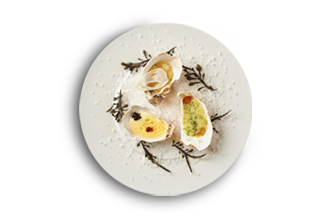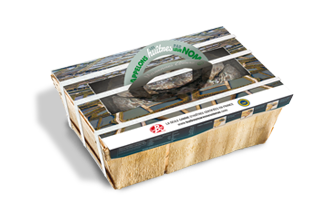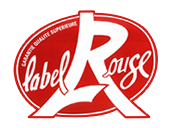- Morphology
The oyster has a soft body. The oyster cannot move by itself. This characteristic endangers the oyster itself when facing predators since it cannot escape.
However, nature equipped it with two shells that close up very hermetically. This allows the oyster to remain alive until it comes to your table - Feeding
Oysters use their gills to filter tiny food particles out of the sea water and to absorb oxygen. Oysters are herbivorous. They develop in waters rich in microalgae – phytoplankton – which are very useful for their growth and reproduction.
Phytoplankton is trapped by the gills, and from there it is transported to the mouth. To help digestion, oysters developed a pestle to crush the silica envelope of algae. - Reproduction
Surviving is the destiny of all species. For oysters, it is impossible to search for partners to reproduce. It is necessary for oysters to be in groups to have descendants. Spawning begins in the spring when water temperature increases and new phytoplankton appears.
Oysters reach maturity and release the sperm and eggs into the water during the summer months. Fertilization occurs immediately. The new small oysters, or larvae, will develop while following currents.
When they reach one third of a millimeter, these larvae will find a surface on which they will settle by secreting a fluid that cements the shell to the site. Attached oyster larvae are called spat and start their lives… sheltered by their two shells.
Marennes Oléron
the only certified oysters











